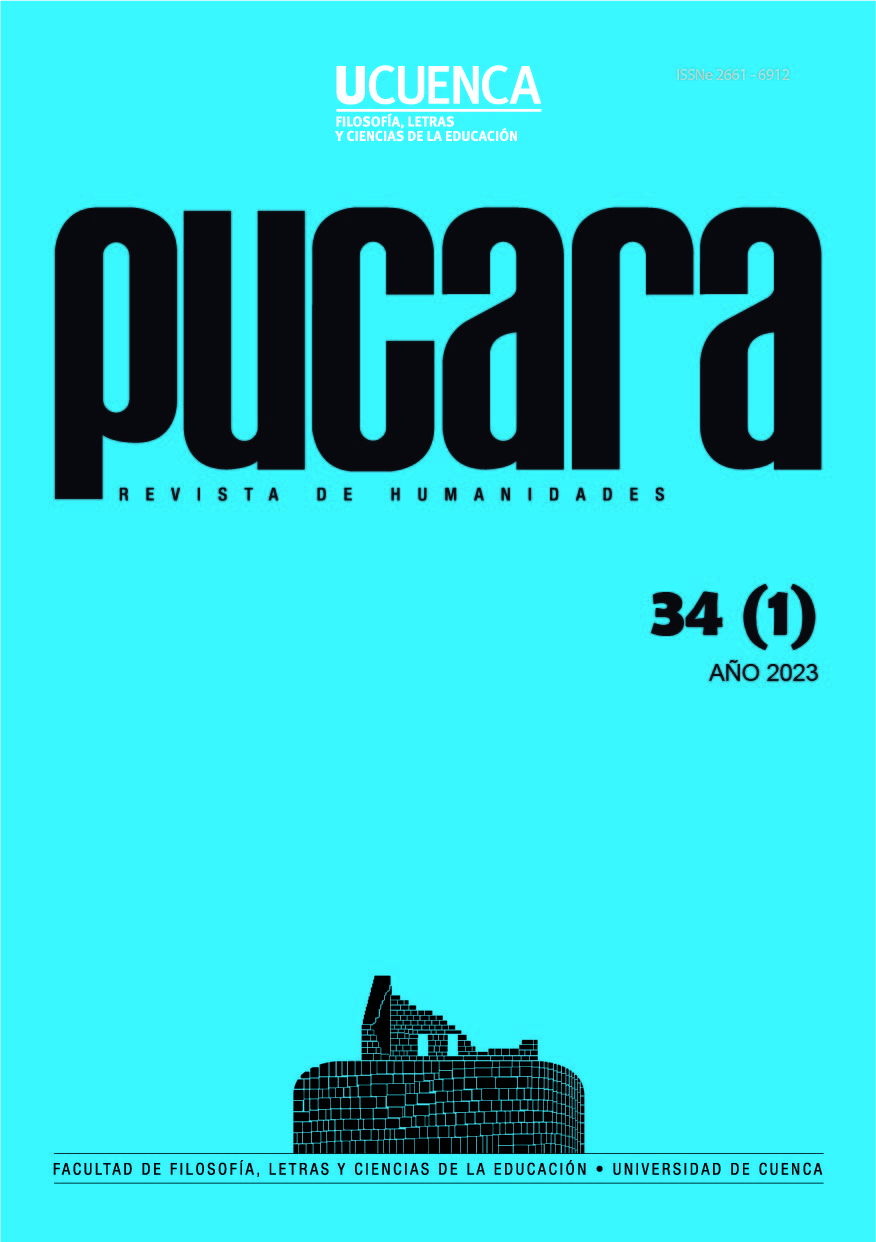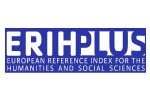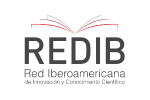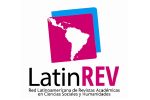La construcción del canon moderno del arte en Cuenca a fines del siglo XIX e inicios del siglo XX
DOI:
https://doi.org/10.18537/puc.34.01.05Palabras clave:
Bolívar Echeverría, canon artístico, arte cuencano, discurso artístico, valor del arteResumen
El presente trabajo analiza cómo se institucionalizó la noción moderna que reguló los cánones del arte plástico en Cuenca a fines del silgo XIX e inicios del siglo XX. Parte de las propuestas teóricas de Bolívar Echeverría sobre el concepto de cultura y el valor del arte y el concepto de canon artístico de Carlos Rojas. Luego, revisa las fuentes documentales sobre el discurso estético cuencano de la época estudiada desde una perspectiva histórica para contextualizar el análisis de los géneros artísticos sobresalientes en la época estudiada. El trabajo concluye que el canon artístico de la plástica en Cuenca tuvo un desarrollo posterior y diverso al que tuvo en Quito.
Descargas
Citas
Agoglia, R. (1988). Estudio Introductorio. En Pensamiento romántico ecuatoriano. Banco Central del Ecuador.
Benjamin, W. (2010 [1936]) La obra de arte en la época de su reproductibilidad técnica. Rayuela Editores.
Carrión, C. (2017). “El ethos barroco: una lectura desde la teoría de los modos literarios”. Universitas, Revista de Ciencias Sociales y Humanas de la Universidad Politécnica Salesiana del Ecuador, Año XV, No. 26, (163-178).
Danto, A. (1998). Después del fin del arte. Traducción: Elena Neerman Rodríguez. Editor digital: Titivillus.
Díaz, O. (1925). Las bellas artes. Anales, No abril 1925, (202-204).
Echeverría, Bolívar. (2012). Valor, uso y utopía. Editorial Siglo XXI.
Echeverría, Bolívar. (2010). Definición de cultura. (Segunda Edición). Ítaca.
Echeverría, Bolívar. (2010). Arte y utopía. En Benjamin, W. La obra de arte en la época de su reproductibilidad técnica (pp.7-30). Rayuela
Editores.
Echeverría, Bolívar. (1998). La modernidad de lo barroco. Editorial Era.
Malo, B. (1989). “Discurso inaugural de la Universidad del Azuay”. En Antología de la oratoria cuencana. Cuenca: Banco Central
del Ecuador. 20 Esta revista inicia su vida editorial bajo el nombre de Revista Literaria
Moscoso, S. (2008). Arquitectura historicista en Cuenca: La Iglesia de San Alfonso. (Tesis de pregrado). Universidad de Cuenca.
Pérez, T. (2012). La construcción del campo moderno del arte en el Ecuador 1860-1925: geopolíticas del arte y eurocentrismo.
(Tesis de doctorado). Universidad Andina Simón Bolívar.
Ribadeneira, E. (1987). Introducción. En Teoría del Arte en el Ecuador (pp.11-65). Corporación Editora Nacional.
Rodríguez, E. (2013) . El héroe romántico en la poesía ecuatoriana del siglo XX. Tesis de pregrado. Universidad de Cuenca.
http://dspace.ucuenca.edu.ec/handle/123456789/20850.
Rojas, C. (2011). Estéticas Caníbales. Del canon posmoderno a las estéticas caníbales. Universidad de Cuenca.
Rojas, C. (2018). Estéticas Caníbales. Del ethos barroco al ethos caníbal. Universidad de Cuenca.
Salinas, C. (2021). Bolívar Echeverría: Modernidad barroca latinoamericana. Cadernos Prolam/USP-Brazilian Journal of
Latin American Studies, v. 20, n. 39, p. 28-53, jan./jun. 2021
Solano, V. (1858). El injenio. La escoba (Imprenta del Clero), N. º 14: (1).
Vázquez, H. (1989). “Discurso en la apertura del curso escolar de la Universidad de Quito, el 12 de octubre de 1888”. En
Antología de la oratoria cuencana. Banco Central del Ecuador.
Publicado
Cómo citar
Número
Sección
Licencia
Derechos de autor 2023 Tannia Edith Rodríguez

Esta obra está bajo una licencia internacional Creative Commons Atribución-NoComercial-CompartirIgual 4.0.
Copyright © Autors

Usted es libre de:
 |
Compartir — compartir y redistribuir el material publicado en cualquier medio o formato. |
 |
Adaptar — combinar, transformar y construir sobre el material para cualquier propósito, incluso comercialmente. |
Bajo las siguientes condiciones:
 |
Atribución — Debe otorgar el crédito correspondiente, proporcionar un enlace a la licencia e indicar si se realizaron cambios. Puede hacerlo de cualquier manera razonable, pero de ninguna manera que sugiera que el licenciador lo respalda a usted o a su uso. |
| No comercial — No puede utilizar el material con fines comerciales. | |
| Compartir Igual— si remezcla, transforma o desarrolla el material, debe distribuir sus contribuciones bajo la misma licencia que el original. |
| Sin restricciones adicionales: no puede aplicar términos legales o medidas tecnológicas que restrinjan legalmente a otros a hacer cualquier cosa que permita la licencia. |
Mayor información sobre este acuerdo de autoría y licencia, transferencia de derechos o solicitudes de reproducción, pueden ser consultados en este enlace.












